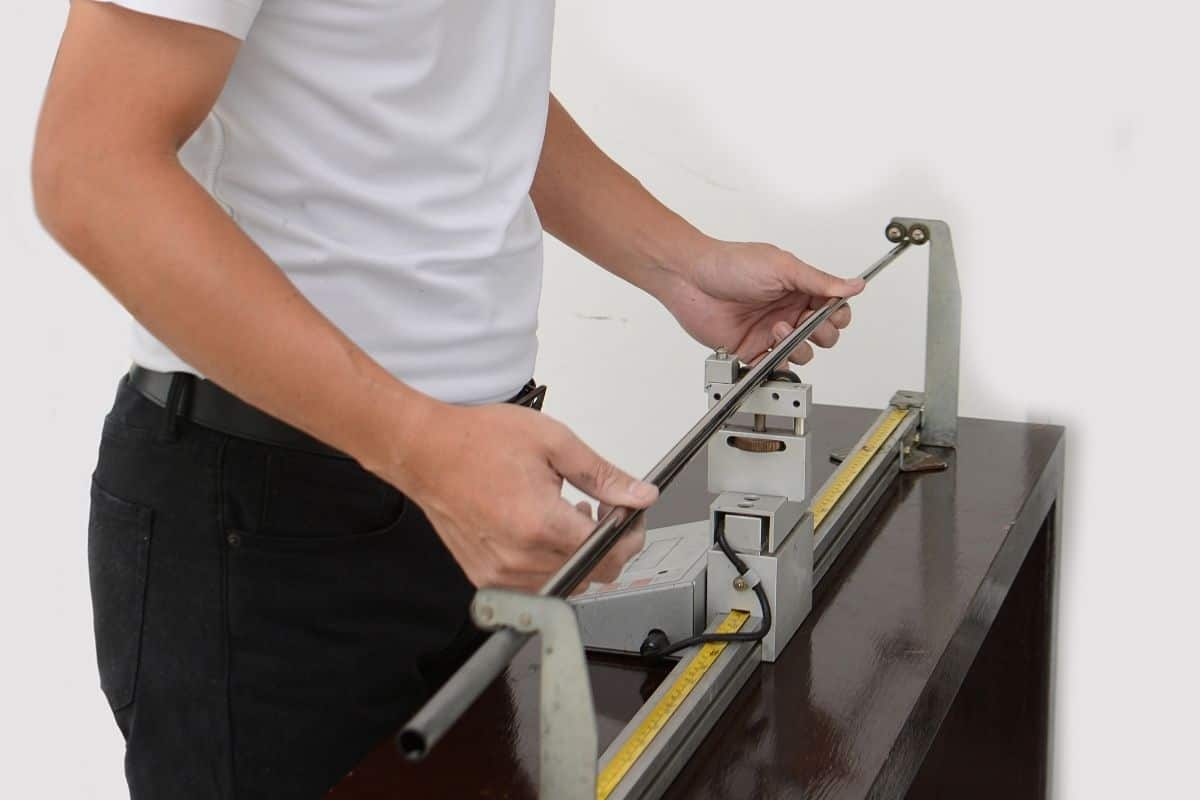A golf club is incredibly important. It’s the instrument that a golfer uses to reach the hole, and there’s a variety of different types all built for the varying terrains of the golf course.
There’s a science behind their design, and the shaft of a golf club is no different to that.
If you’re using the wrong shaft on your golf club, it could affect your play in a big way, changing the way you swing. But how do you know what type of shaft to use, regular or stiff flex? What does each bring to the table?
Well, we’ve got the answers for you. Read on to find out all about the benefits of both regular flex and stiff flex golf club shafts, and decide which will be the best for your own personal golfing game.
Regular Flex And Stiff Flex – What’s The Difference?

Firstly, let’s look at what these two types of shaft are. Both carry the term “flex”, but why? This essentially refers to the rating of the golf club shaft’s ability to bend during your golf swing.
It will bend at a few different points when you’re swinging your club towards the ball, and the harder you’re doing it, the more the shaft is going to flex when it finally hits.
This is all good – it’ll make it go further and faster. This is crucial for those distance shots, especially at the start of a hole.
So why are some stiff, and others regular?
Stiff Flex
Well, as you’ve probably guessed, the stiff flex is going to be a bit more rigid than others. It isn’t quite as flexible, being harder to bend. These shafts are commonly heavier than other types, too.
Regular Flex
Regular, on the other hand, offers more flexible freedom. When you swing, the shaft should bend more than a stiff flex.
How Do I Know Which Flex I Have?
To know what type of shaft flex you’ve been using with your clubs, have a look at the label that’s attached to it.
It should tell you the weight of your shaft, as well as exactly what type you have.
For Regular, it should say Regular Flex “R”.
If you have a Stiff Flex, it could be either one of two types: a normal Stiff Flex indicated by an “S”, or an extra Stiff Flex indicated by an “X”.
There are other labels, such as “L” for Ladies Flex, or “A” or “M” for a Senior Flex, but these are separate from the issue we’re dealing with today.
Regular Flex Or Stiff Flex – Which Should I Use?
So this all begs the question, which should you use for your golf club? It depends! There are a few ways you can determine what will be best for you.
For one, you could simply try both. Play a few shots with one of each type, and look at how your ball flies, as well as how far and its speed. By judging your own play, you can guess which will be best for precision and distance.
One of the places you can try both would be a custom fitting session, which would be worth the time and money because you’ll leave with the best shaft type for you.
The other way is to measure your play properly. By using a launch monitor, you can get some accurate statistics that will help determine your decision. Here, you want to be looking at two things:
Distance
Firstly, you want to look at how far you can usually hit a ball. A 6-iron is a good club to try this with. If you’re regularly hitting anywhere between 130-155 yards, then it’s likely you’re going to be aiming for a Regular Flex.
If it’s the next bracket, 156-175, then we’re into Stiff Territory. And any distance beyond that? That’s going to the Extra Stiff Flex.
If you try this out with a driver club, the measurements are going to be a bit different. If you’ve hit the ball anywhere between 210 and 240 yards, then a Regular Flex should be the best pick for your shaft.
If you’ve hit more, anything beyond 240 yards, then it looks like Stiff Flex is the one for you.
Swing Speed
The other factor you want to analyze is your usual swing speed. Your quickness in hitting will be a good insight into which shaft you should use.
If we take the 6-iron again, anywhere between 70 and 80 mph speed means you should probably be going for the Regular Flex.
If you reach 81-90 mph then it’s time for a Stiff Flex. And any faster than that? Even more impressive! You should be going for the Extra Stiff Flex.
If you’re trying things with a driver club, the speeds will be slightly altered. If you’re hitting at around 86-95 mph, then the Regular Flex shaft is probably the one that’s best.
But if the ball is zooming away beyond that and up to 105mph, then Stiff Flex is your choice. And even more? Time for the Extra Stiff flex, for all your speed needs.
So, in general, the rule is that the quicker and further you can hit, then the stiffer the shaft you’re going to want to have.
Regular Flex And Stiff Flex – What If I Have The Wrong One?
It’s important to find the shaft type that’s best for you, ideally using the techniques above. If you just start using Regular or Stiff randomly, without the proper testing into which suits your playstyle and abilities best, your game could end up suffering.
If you’re using a shaft that is too stiff for you, and your swing speed is perhaps on the lower side of things, then it could mess your play up by making your shots spin much too little.
On the other hand, if you’ve got an incredibly quick shot already, you really want to be using Stiff Flex.
If you use a Regular Flex, which is designed to help people get their quicker shots with its flexibility, then it could actually backfire on the quality of your game.
Your ball flight might become too high, lifting in a way that negatively impacts your par. It may also affect your shot dispersion too, the measure of how accurate you are – instead, the balls may end up everywhere, with no consistency.
It may also make the ball spin too much.
Shaft Materials
The materials from which the golf club and its shaft are made play a big part in the type of flex you’re going to need.
Generally, a lighter shaft tends to allow more flexibility, understandably wanting a Regular Flex. On the other hand, a heavier shaft will probably be in line with a Stiff Flex.
However, you can’t measure it all on this basis. Some club makers will think their shaft is a Stiff Flex, but in the eyes of another manufacturer, it’s more of a Regular.
Therefore, you need to look at what the club maker is calling it, told to you via the Flex rating that’s listed on the shaft label.
Now, a golf club shaft tends to be made out of one of two materials, steel or graphite, and each will come with their own reasoning.
Graphite
Graphite is the lighter material of the two, and therefore offers a lighter club. In some cases, this could mean that it will swing more quickly, but this is not always the case. However, it will definitely be a lot more flexible, and good for somebody with a slow swing speed.
A graphite iron club can weigh anywhere between 50 and 85 grams.
Steel
Steel is a heavy metal and therefore offers a heavier weight to the shaft than when it’s made out of graphite.
Players with higher swing speeds should gravitate towards a steel club because its heaviness and Stiff Flex will help to alter their play accordingly.
Steel iron clubs weigh anywhere from 86 to 130 grams.
Final Thoughts
The science of clubs and swings is a very important part of golf, and it’s essential to use a club that is best made for you.
If you tend to hit slower and shorter, a Regular Flex shaft is the perfect type to help adjust your game – allowing you to hit further and more effectively because of its flexibility.
Similarly, if you’re already hitting quickly and far, a Stiff Flex is going to help give you more control.
Now you know how to measure your game to find the best shaft for you – meaning that your play won’t suffer from using the wrong tools!
- Should Tee Boxes Be Level? - January 23, 2024
- 3 Hybrid Distance - November 15, 2023
- Innovations in Golf Mobility: An In-depth Review of Top Golf Scooters - October 12, 2023
